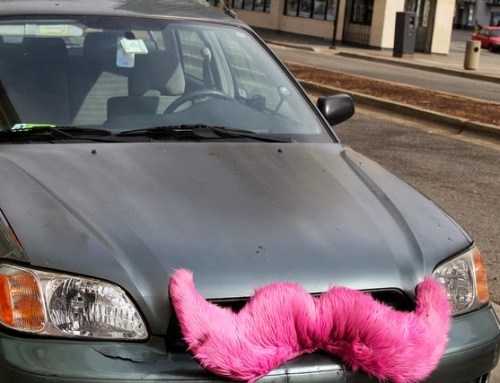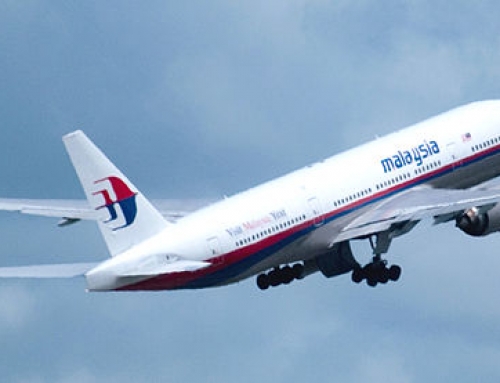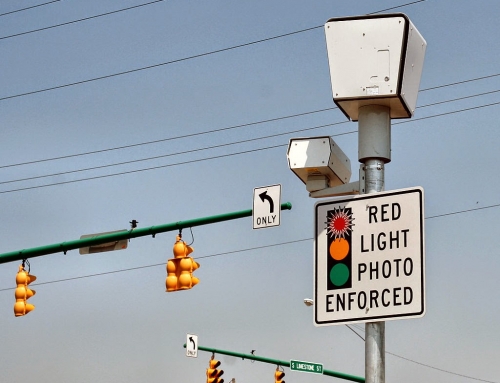Anyone with a commercial auto insurance policy, or a personal auto insurance policy, for that matter, knows that premiums have been steadily climbing. But it’s not insurance company profit motives driving the increase. Losses in the commercial auto insurance line of business have been increasing due to factors we all deal with on the road. In fact, the insurance industry as a whole has lost money on commercial auto insurance every year since 2010.
Some of the factors driving the claim costs and premium increases are:
More Traffic – Nationwide, vehicle miles driven increased 3.3% year-over-year in the first half of 2016 and is now at an all-time high. More vehicles = higher frequency of crashes.
Distracted Drivers – One-quarter of crashes involve drivers talking on phones or texting
Escalating Medical Costs – Medical care costs are climbing more than 1.5 times faster than other costs.
Increasing crash frequency plus severity – Rising claims costs typically stem from either increased frequency or severity — but in the case of commercial auto insurance, it’s both.
Inexperienced of undesirable drivers – A shortage of skilled commercial drivers with good driving records = greater odds for crashes.
Rising auto repair costs – Record U.S. auto sales mean garages are often servicing newer cars with more expensive parts. Even minor repairs can cost big bucks.
While individual businesses can’t do much to change some of the larger underlying causes of commercial auto insurance losses, they can stand out from the rest and make their business a good risk. Insurance companies are more likely to offer better rates, discounts, and less likely to cancel or non-renew policies if you can show that your business does the right things to control losses.
Enforce company policy for use of vehicles – Follow practices such as limiting the personal use and monitoring who can use company vehicles.
Hire qualified drivers – Document standards and call for medical evaluations, references, driving records, and road tests.
Use a company fleet – Be aware of extra risks when drivers use personal vehicles on the job.
Regularly check driving records – Set a schedule for checking employee records and stick to it
Monitor drivers with telematics – Begin with this tool. Then focus on controlling risky practices like speeding and other aggressive behaviors.
While the trend of increased claims and claim costs will continue to create upward pressure on commercial auto insurance rates, you can make changes at your business to stay ahead of the rest. This can result in more favorable terms and more options when it comes to insurance. In the end, it can protect and increase your bottom line.






Get Social